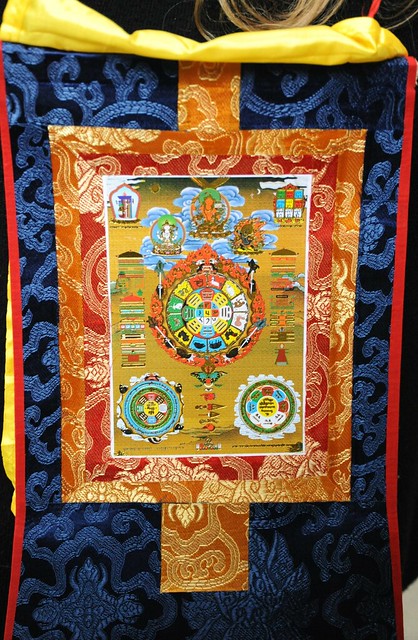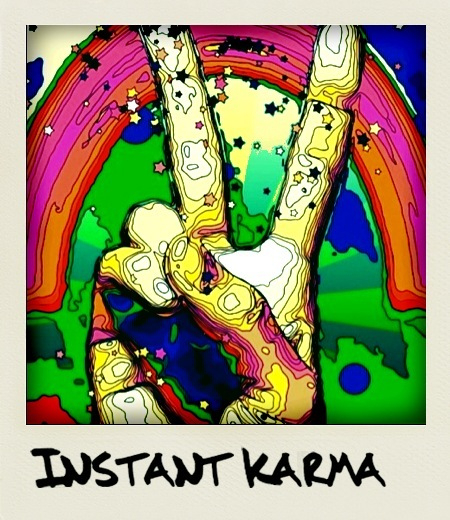 |
| Yang style Tai Ji demo at Culture Fest in Chattanooga. (Photo credit: Wikipedia) |
If you translate Tai Chi (Taiji), it would mean “Supreme Ultimate Force”. It is somewhat a state of infinite and absolute potentiality. It tackles on the concept of yin and yang or the Two Aspects governing the Four Realms and Five Elements.
Using those very important aspects, the world is created. Tai Chi also means “unity, one, or being able to attain oneness.”With the use of the concept of the positive and negative energy, Tai Chi is a form of force that can be assumed as a dual dynamic state in which force coming from within the body is used in means of achieving the supreme and ultimate discipline in oneself.Today, Tai Chi is practiced in many parts of the world including the Western World. It can be a sort of moving meditation and yoga combined. Tai Chi has its many forms or sets that consist of a number of sequential movements that was derived from martial arts that can be in the form of imitating the movements of different kinds of birds and animals in the most gentle and invigorating way.
Even if it is a kind of movement involving martial arts, Tai Chi is done in a soft and graceful manner entailing smooth transitions in between.Practitioners see Tai Chi as a form of meditative interaction between the mind, body, soul and the environment. They don’t see it as a martial art technique but as an exercise to calm the body. Some consider Tai Chi as a combat interest because of its considerable force. With regards to Chinese medicine and philosophy, the existence of “chi” is important to the vitality that enables to animate the body. One of the many aims of Tai Chi is to promote circulation of the “chi” throughout the body. By promoting this belief, the vitality and health of a person are normally enhanced. Once the “chi” circulates around the body, it goes to the pattern of the vascular and nervous system and any organ correlated to it. Thus, making Tai Chi connected with the principles of oriental healing and acupuncture.
is done in a soft and graceful manner entailing smooth transitions in between.Practitioners see Tai Chi as a form of meditative interaction between the mind, body, soul and the environment. They don’t see it as a martial art technique but as an exercise to calm the body. Some consider Tai Chi as a combat interest because of its considerable force. With regards to Chinese medicine and philosophy, the existence of “chi” is important to the vitality that enables to animate the body. One of the many aims of Tai Chi is to promote circulation of the “chi” throughout the body. By promoting this belief, the vitality and health of a person are normally enhanced. Once the “chi” circulates around the body, it goes to the pattern of the vascular and nervous system and any organ correlated to it. Thus, making Tai Chi connected with the principles of oriental healing and acupuncture.
One of the most familiar aims of Tai Chi is fostering the calmness and tranquility of the mind. One’s mind must be focused on executing the exercise precisely because doing it in a proper manner provides an avenue to learn things about balance, motor control, alignment, movement rhythm, and the list goes on. If the person practicing Tai Chi can practice it every day, then he or she will reach to the extent of being able to stand, run, move, and walk in a better position. It also touches some of the spheres in a person’s life as well.There are numerous benefits seen by practitioners regarding Tai Chi. One of which is inhibiting the correct posture and alignment of the body which lessens further injuries and tension.
Push-hands is a kind of Tai Chi that involves two persons. Here, principles regarding Tai Chi are applied in a manner that the response of the other person is developed in a more sensitive way. It is an opportunity to exhibit martial arts aspects in a kind of a slow-motion combat, without hurting the opponent. An emphasis that Tai Chi has channeled through its practitioners is that they can give out an energy that may be in a form of a destructive behavior or context without dissipating that energy in a harmful way.
is a kind of Tai Chi that involves two persons. Here, principles regarding Tai Chi are applied in a manner that the response of the other person is developed in a more sensitive way. It is an opportunity to exhibit martial arts aspects in a kind of a slow-motion combat, without hurting the opponent. An emphasis that Tai Chi has channeled through its practitioners is that they can give out an energy that may be in a form of a destructive behavior or context without dissipating that energy in a harmful way.












